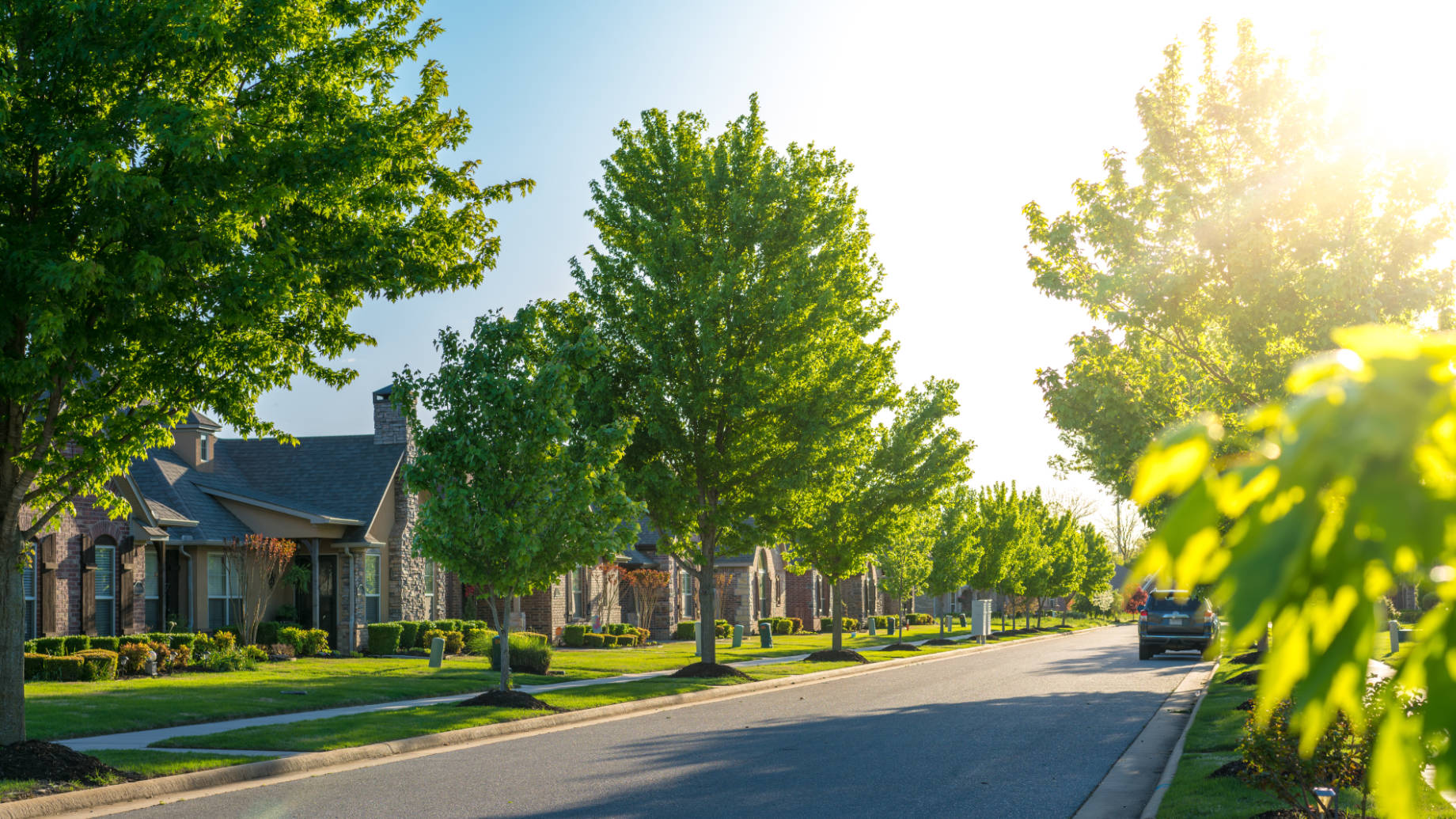
Why Tree Audits Shouldn’t Be an Afterthought
When managing strata properties, it’s easy to focus on what’s obvious—building maintenance, plumbing, parking, and tenant communications. But what’s growing above and around your property deserves just as much attention. Trees can bring beauty, shade, and value to a residential complex, but they can also introduce risk, structural damage, and costly liability when not properly maintained.
That’s where annual tree audits come in. Not just a “nice-to-have,” they’re a practical tool for long-term risk reduction, budget planning, and resident satisfaction.
What Exactly is a Tree Audit?
An annual tree audit is a formal inspection conducted by a qualified arborist who assesses the health, structural integrity, and placement of trees across the property. It’s not just about identifying trees that look a bit scraggly. A good audit will review:
- The health of each tree (signs of disease, decay, or pest infestations)
- Structural risks (leaning trunks, cracked limbs, exposed roots)
- Proximity to buildings, walkways, fences, and power lines
- Whether roots are causing damage to foundations or plumbing
- Any trees protected under local council regulations
- Recommendations for pruning, removal, or further monitoring
A written report is then provided, offering a clear picture of what needs attention and when. It becomes a useful document for planning and record-keeping.
The Hidden Risks of Ignoring Your Trees
Trees don’t become hazardous overnight—but they often give warning signs long before something goes wrong. Ignoring these can result in:
- Property damage – Root systems can crack paths, fences, and even damage underground pipes. Overhanging limbs can smash car windscreens or break windows during storms.
- Injury – A falling branch or tripping hazard from lifted pavement could result in injury to a resident or visitor. If the tree wasn’t maintained, the strata corporation may be held responsible.
- Insurance claims and increased premiums – Insurance providers may deny claims if tree damage is linked to poor maintenance. Ongoing issues can also push premiums up.
- Council fines – Some trees are protected species, and trimming or removing them without proper approval can result in serious penalties.
- Strata disputes – Trees can block views, drop leaves into pools, or create unwanted shade. Without a clear audit process, these issues can quickly escalate into neighbour complaints or formal disputes.
Planning Budgets and Maintenance Schedules
One of the most practical benefits of a tree audit is its ability to inform your budget. Tree maintenance, unlike emergency plumbing or leaking roofs, is often scheduled well in advance. With a yearly audit, you can space out necessary work—removing dead limbs one quarter, scheduling pruning the next, and keeping your budget predictable.
It also helps avoid surprise invoices for urgent or emergency work. When a dead tree is identified in the audit, it can be dealt with safely and affordably rather than being left to fall at 3am during a storm.
When Tree Removal Is the Only Option
While most trees can be retained with proper care, there are times when removal is necessary—either due to disease, structural risk, or interference with infrastructure. If the audit flags a tree as a high-risk, or one whose roots are damaging pipes or foundations, professional removal is often the safest route.
Engaging tree removal Gold Coast experts ensures the process is handled in line with local council requirements and that all safety precautions are followed. It’s not just about cutting down a tree—it’s about making sure the area is cleared properly, the stump is addressed, and nearby structures are protected.
Proactive Maintenance Over Reactive Costs
Strata management already comes with enough surprises—your tree population doesn’t need to be one of them. Regular audits help you stay ahead of potential problems, rather than waiting for tenants to report a fallen branch or a neighbour to lodge a complaint.
By making audits an annual task, tree care becomes routine instead of reactionary. That, in turn, reduces long-term costs, avoids emergencies, and supports better planning across the board.
Supporting Resident Wellbeing and Amenity
Let’s not forget: trees are an amenity. Well-maintained trees provide shade, privacy, and a feeling of tranquillity that adds to the appeal of a strata complex. They cool outdoor areas, increase biodiversity, and soften the visual impact of buildings and hard surfaces.
Neglected trees, on the other hand, can become eyesores—or worse, sources of stress for residents who feel their safety or lifestyle is being compromised.
An audit supports the role trees play in creating a livable space, while ensuring they don’t become a liability.
Final Thoughts
Strata management isn’t just about what’s inside the buildings—it’s also about what’s growing around them. Annual tree audits provide a structured, proactive way to manage risk, control costs, and maintain a safe and welcoming environment for residents.
When approached properly, with the help of qualified professionals, audits become more than a maintenance task. They’re a strategic part of long-term asset management—ensuring your green spaces stay healthy, your structures remain protected, and your residents feel confident that their homes are being looked after from the ground up.